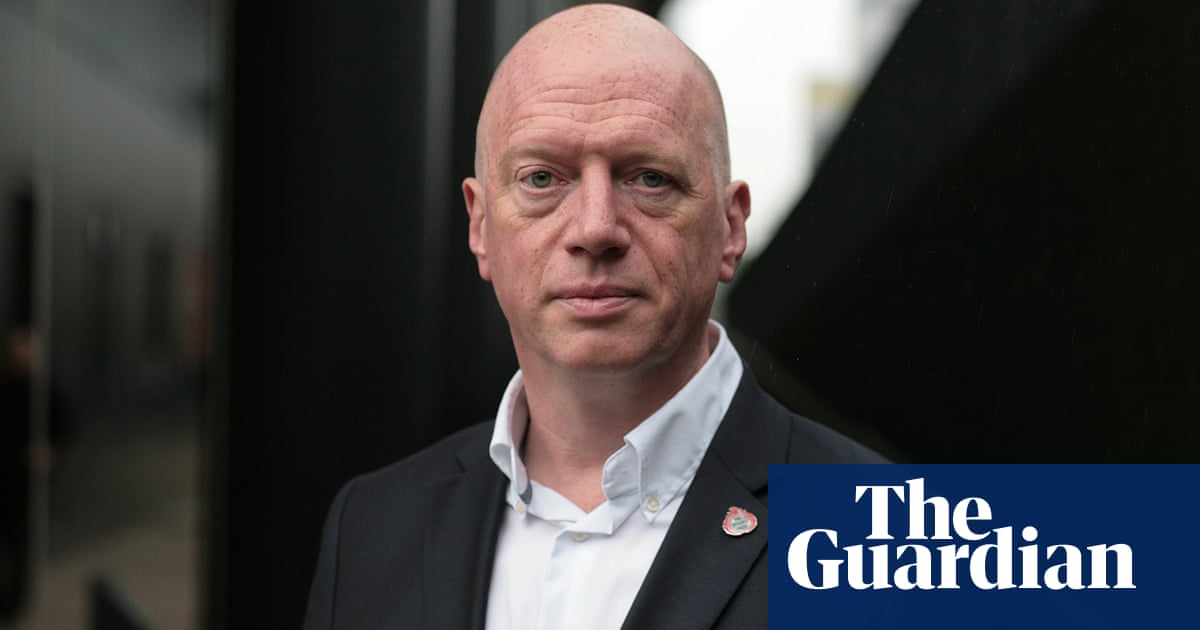Magicians have been around since 2700BC when the father of the art, Dedi, shocked an audience in Egypt with his ball and cup routine. Now, with the advent of talent TV shows and social media where those who dabble in the art of magic have amassed millions of followers, their popularity has reached new heights.
With this has come the rise of tutorial videos showing anybody at home how to pull off their own routines. It was not always this way. For one thing, revealing the secrets behind the world of magic would get you blacklisted.
The magician’s cape was also once the preserve of a select few. So selective was the world of magic that one woman, Sophie Lloyd, posed as a man to join the Magic Circle 30 years ago at a time when women were barred from becoming members. Lloyd, who was expelled in 1991 when her deception was exposed, was readmitted this week.
So how is life for a magician today? The Guardian ventured down to Covent Garden in central London, the public stage where performers can show off their skills to thousands of people, including tourists.
Cam Clarke, 27, has been interested in magic since he was five years old after his grandparents brought him a magic kit from Las Vegas. “They had the cups and balls, which is what I’ve gone on to do in my show.”
At the end of his routine, Clarke pulls out six tennis balls from cups and then a pineapple from a hat.
He has been performing professionally since he was 17. “When Dynamo started getting big, audiences got way more into magic again. It was a fringe thing before. I started getting a lot more gigs in bars and restaurants once magic on TV got big,” he said.
Nathan Earl first got the magic bug when he was 14 years old. “I had a bit of interest from a young age, but didn’t do it for years after that,” he said. “Someone in college said I should be a magician because he thought it would fit my character as a hobby. I took his advice and started doing it.”
The 29-year-old, who joined the Magic Circle at 18 and is an associate of the Inner Magic Circle, welcomed the news of Lloyd’s induction. “We’ve definitely moved forward into modern times, 100%, which is obviously the way it should be. Now it’s about righting any wrongs,” he said.
He said being a street performer was “one of the best things” a magician could do. “I go out there and I have my equipment. I go out and I make some smile, I make them stay and hopefully they give me money at the end.”

Laura London, the Magic Circle’s first female chair, said the industry had rapidly diversified in recent years, with more women and young people joining. Of the Magic Circle’s 1,700 members, 5% are women, and 15% of its Magicians Club for 10- to 18-year-olds is female.
“We have women on Britain’s Got Talent, on the television and internet. It’s really accessible. We’re getting more and more young girls every single day. They know they can be magicians now,” said London.
At the Magic Society at the University of Bristol, London’s words rang true. “We’re really diverse. We’ve got 32 members at the moment. About half are women and we’ve got quite a few LGBT members,” said Samuel Stephens, 21, the society’s secretary.
While previous generations may have eyed the TV guide for Penn & Teller or episodes of The Paul Daniels Magic Show, the rise of social media and magician influencers has drawn younger eyes to the world of magic.
“Usually, the spark comes from someone watching a magician on YouTube or TikTok and they want to figure out how it works,” said Johnny Clavo, 28, a member of the society. “There are magicians who post tutorials or performances and that makes them get into magic.”
While previous generations were enchanted by parlour magic, where props and assistants were on hand to pull off grand, theatrical illusions, Stephens said young people were more interested in close-up magic, where items such as cards and coins are manipulated in smaller settings.
“It’s just so much more accessible than stage magic and easier to learn. Back in the day, parlour magic was more the done thing and close-up magic would be an appetiser,” he said.
With the old guard welcoming diverse, new generations with open arms and magic being easier to learn than ever, the magician’s cape appears to be something everybody can don.
It’s a kind of magic: simple tricks
The floating pen:
1: Grasp a pen with your right hand.
2: Grip your wrist with your left hand, close enough so your fingers can reach the pen.
3: Extend the index figure on your left hand to the pen and grasp it tightly, ensuring this movement is obscured by staying faced forward.
4: While keeping the pen steady with your finger, open your right hand. This should mean your pen dropping to the ground but, because the finger on your other hand is keeping it held, it will look like it’s floating.
Coin vanish:
1: Place your coin across two of your middle fingers on your left hand.
2: Grasp the coin with these two fingers tightly, then mimic a toss of the coin into the other hand.
3: Quickly grasp your right hand. It should look like you have thrown the coin from your left hand into your right hand, but the coin with remain wedged in your left hand.
4: Open your right hand and, shock horror, no coin will be there. Open your left hand and the coin will be there.
Magic card swap:
1: Flick through your deck of cards and subtly grasp the final two.
2: Flip this card over, grasping both cards tightly so they look like a single one.
3: Reveal the card.
4: Return it to the top of the deck, then remove the final card this time.
5: Reveal it, it will magically be a different card.

.png) 10 hours ago
8
10 hours ago
8













































